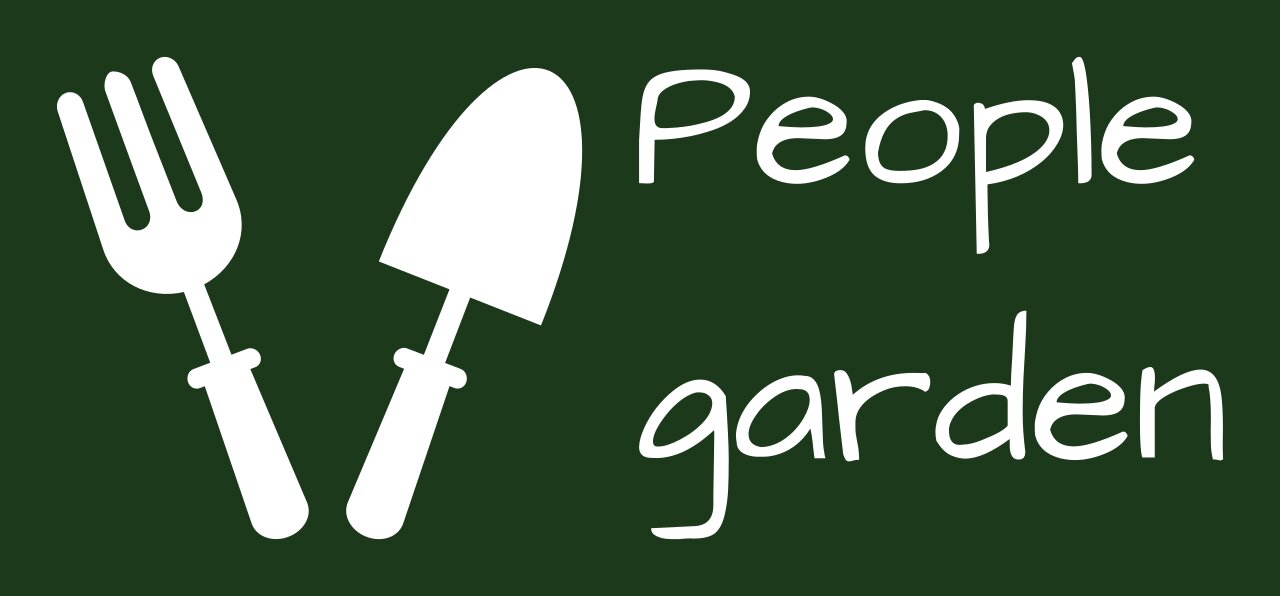Hit the gardener's gold jackpot with these tips and tricks
My grandmother, who managed the farm in Malta, my birthplace, gave me my first lesson in soil health when I was seven years old. When we harvested lettuce for my rabbits, she said, “You can’t pick it from the garden. You must be willing to pay back. She taught me that feeding the soil with old rabbit manure will feed our plants. She and I do not know how many small soil workers are needed to convert rabbit manure into plant nutrients, but we could see strong, healthy plants growing from our well-fed soil.
For the past 40 years, I have planted gardens in all types of soil. My primary strategy for growing healthy plants is to feed the soil and the organisms in it with organic matter. A teaspoon of healthy soil is said to contain more organisms than humans on earth. That’s what feeds a lot of “mouths”! Most gardeners do not seem to have enough manure to move around. Here are six great strategies to feed the staff hiding in your garden, increase your productivity and make compost easier.
1. Make the most of a small space
In our backyard, there are two plastic composters that are 2-1 / 2 feet wide and 3 feet high. In these tanks, we do everything we can to mix the ingredients in a ratio of 1 part nitrogen (green) to 25-30 parts carbon (brown).
Green elements include scraps of fruit and vegetables from the kitchen, fresh leaves, and fresh garden waste collected during the season. For browns, we use wood shavings, sawdust, or dried leaves.
We stack the items, occasionally adding water and shovels. Even if there is a lot of green material, if it is not too brown to add, we take the time to work on the existing pile of new material.
Every fall and spring we empty the tanks, remove the beautiful black gold and return any unbroken material to the tanks. Every spring and fall we build multi-wheelers, which we use throughout the garden. There is something very therapeutic about airing a new batch of compost. Not only do you provide food for the existing soil life, but you also add new populations of healthy soil plants and animals.
2. Raise your tanks
The only drawback of plastic composters is their low capacity. In my home garden, we could not extend the trace of the composting area, so we raised our basement pits a little by setting their edges securely at the base of the bricks. When emptying the composters we dig under them, which adds an additional 12 or more inches of depth. These tricks greatly increase the size of a fixed tank.
3. Try the three-pin system
At the Toronto Botanical Gardens, we have a good place to make compost. We have a simple, efficient, three-pin system, except for a few large, out-of-sight piles that we try to return once a year. The first tank contains new garden debris; The second tank is for the first turn from mid to late summer; The third tank will be the second turn, next spring before the tank is emptied. Removable panels on the front and between the pots make turning and harvesting compost quick and easy.
4. Become a leaf taster
Collecting and mulching autumn leaves is a great way to increase the organic content of your soil. It is amazing how 2 to 3 inch layered leaves in the fall can be swallowed by soil organisms next spring. Provide your leaf supplies in addition to neighbor donations so they can be piled in the curb area or bagged to carry. A high-quality mulch mower will speed up the cutting and packing of the leaves, which can then be set aside for distribution.
5. Compost in place
Compost bins can fill up quickly in the garden, especially when cleaned in the spring. We have taken steps to cut down plant debris directly on the garden beds. Collect the twigs and stems into small clusters and cut them into 1 to 2-inch pieces by hand pruners. Repeated pruning is quiet, and watching the bits fall back into the garden is remarkably rewarding.
6. Embrace a little confusion
We need to learn not to be too active and clean in the garden. Soil surface garden litter is a good thing; Consider this a standard meal for friends who live in your soil. Much has been said in recent years about the plant choices we make and the increase in biodiversity in gardens by the pollinators and wildlife we support. We must not overlook the fact that soil is an important component of this equation and must do our part to feed and support the biodiversity under our feet. Fertilizing not only helps to feed the soil; It is an integral part of feeding the gardener’s soul.















0 Comments